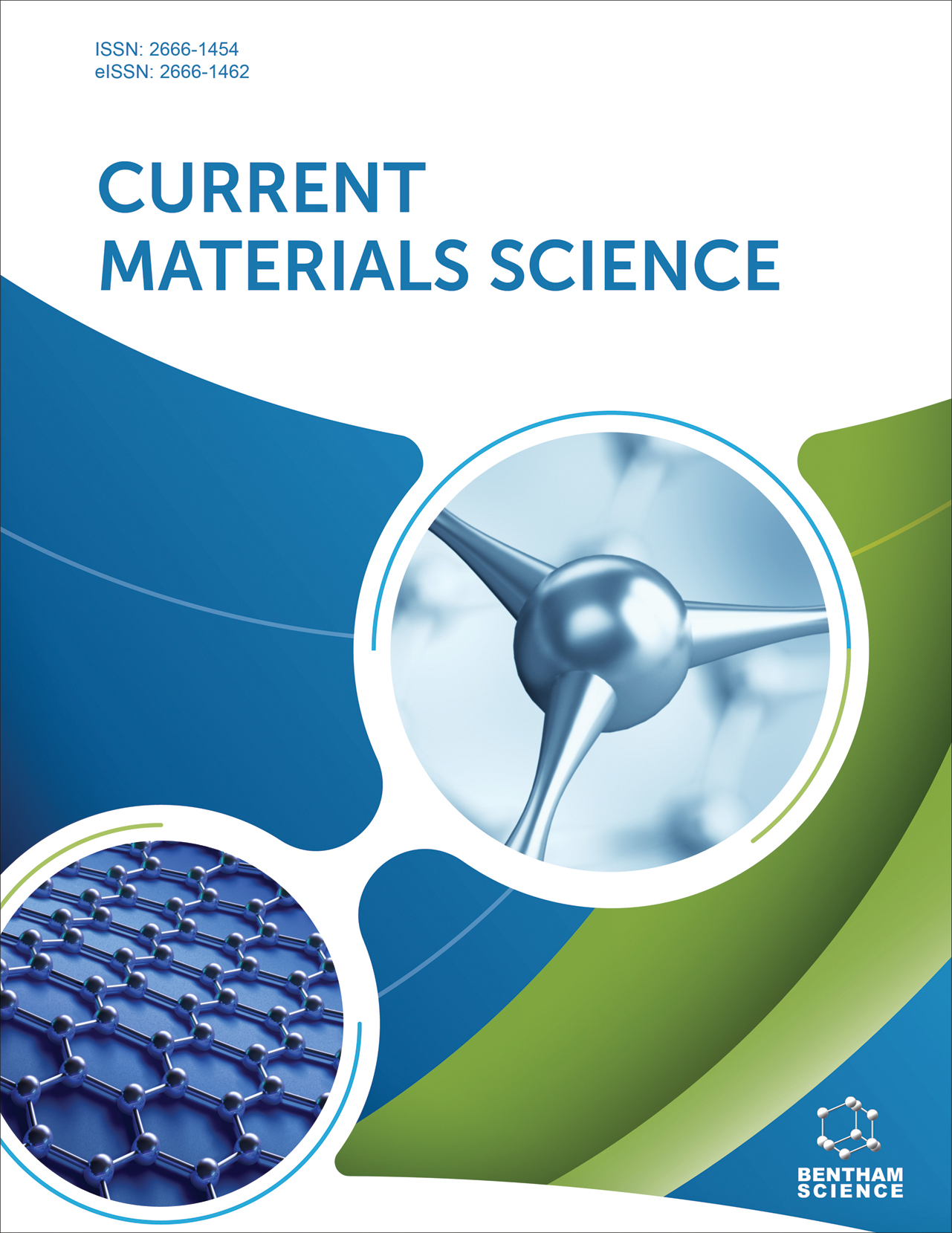
Full text loading...
We use cookies to track usage and preferences.I Understand
Rapid industrialization by humans is a dominant source of waste materials in water bodies and has created serious environmental problems, which has made the survival of life forms on land as well as in water bodies a challenge. Water gets contaminated by human waste, domestic sewage, wastewater discharges and effluents from industrial sites such as factories, refineries, and mines, accidental spills of chemicals, agricultural run-off, toxic metals and radioactive materials. The toxic non-biodegradable chemicals in industrial waste are treated by various methods such as adsorption, coagulation, ozonation, membrane filtration, ion exchange, chemical oxidation and biological treatments. Biopolymers such as cellulose, chitosan, alginate and keratin proteins are the most sustainable, renewable and biocompatible polymers commonly used for wastewater purification. Chromium VI is one of the serious aquatic pollutants released as effluent from various industries and is considered a potentially toxic metal ion for humans and aquatic life. In the past decades, various conventional methods with their own merits and demerits have been explored for Cr decontamination from wastewater bodies. The present study highlights the application of Chitosan biopolymer as an effective and sustainable material for efficiently removing Cr VI metal ions from wastewater bodies.

Article metrics loading...

Full text loading...
References


Data & Media loading...

